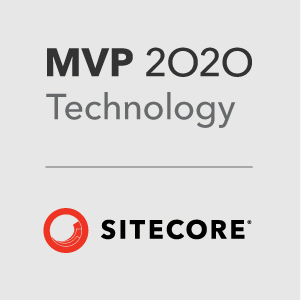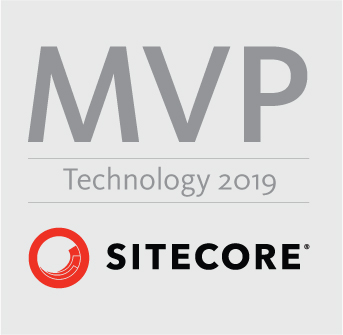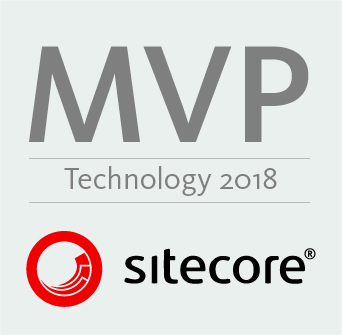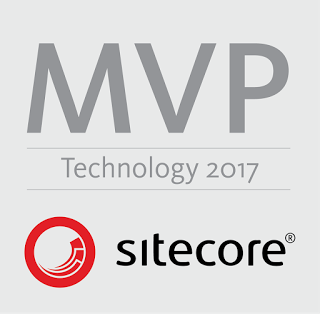Welcome to Mike Skutta's Blog!
Sitecore MVP and Software Architect-
Using Lucene Query Syntax to build Sitecore 7.x and 8.x Queries
Sitecore 7 introduced many improvements to Lucene Search. Among those improvements was the added LINQ support for Lucene queries. Developers can now use LINQ-based queries to retrieve data from the Lucene indexes. Prior to Sitecore 7, developers generally had 2 ways to build the query. The first way was to build up a query using the Field Query Object Model. This provided an object model to create complex queries. A second way was to form a string-based representation of a query using the Lucene Query Parser to interpret the string.
-
Sitecore: Automatically Save Related Items Using Glass.Mapper
Sitecore items support relationships, be that parent, child or linked, to other items. Glass.Mapper easily works with these types of relationships. It not only supports them when retrieving items, but also while saving. Glass.Mapper even checks to make sure all related items exist before saving the item, essentially enforcing referential integrity.
-
Sitecore: Workflow Full History
Our clients were asking for a way to view Workflow History for all versions of an item at the same time. Out of the box, Sitecore provides a way to view the Workflow History for the current version of an item. We decided to create an additional “Full History” button in the Workflow group that allowed our clients to view the full history. The Full History button only appears for items that are participating in workflow.
-
Sitecore: Glass.Mapper Required Field Validator
Not too long ago I released the Express Subitem Sitecore Marketplace module. This module allows content editors to edit multiple child Sitecore items at the same time within the context of the parent item. This field is commonly used to manage lists of related items that exist only within the context of the parent.
-
How-To: Resetting the Sitecore Admin Password
In web development, it is a best practice to reset the production password of the database whenever you are pulling it down for developers to use. When doing this in Sitecore, there is a simple procedure for resetting the Admin password back to the default password of “b.” Here’s how...
-
Templating Rich Text Content in Sitecore using Razor
Contact us forms are common on the sites I work on. Many times, the end result of a user filling out a contact us form is sending a confirmation e-mail to that user. The confirmation e-mail generally includes information that the user filled out on the contact us form. This information is intermixed with other text content, such as labels and other messaging. Content managers may have a need to modify the text and layout within the confirmation e-mails on an ongoing basis.
Recent Posts
- An Approach for Solr Search in Sitecore JSS following Helix Principles - Part 1
- Sitecore: Making the most of your CMS
- Sitecore How-To: Allow Users to See All Items in Recycle Bin
- Sitecore How-To: Force a Resync of TDS Items
- Sitecore How-To: Install a Sitecore Package with Invalid Item Names
- Sitecore How-To: Setup Coveo in Sitecore Locally
- Sitecore How-To: Debug an IIS site with Visual Studio
- Sitecore How-To: Identify which w3wp.exe Belongs to which Application Pool
- Sitecore How-To: Disable Sitecore Publish Site
- Sitecore How-To: Static File Cache Busting in ASP.NET
Categories
Tags




